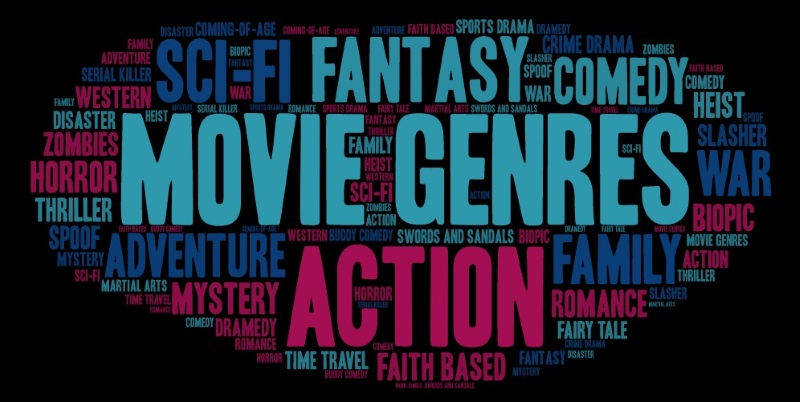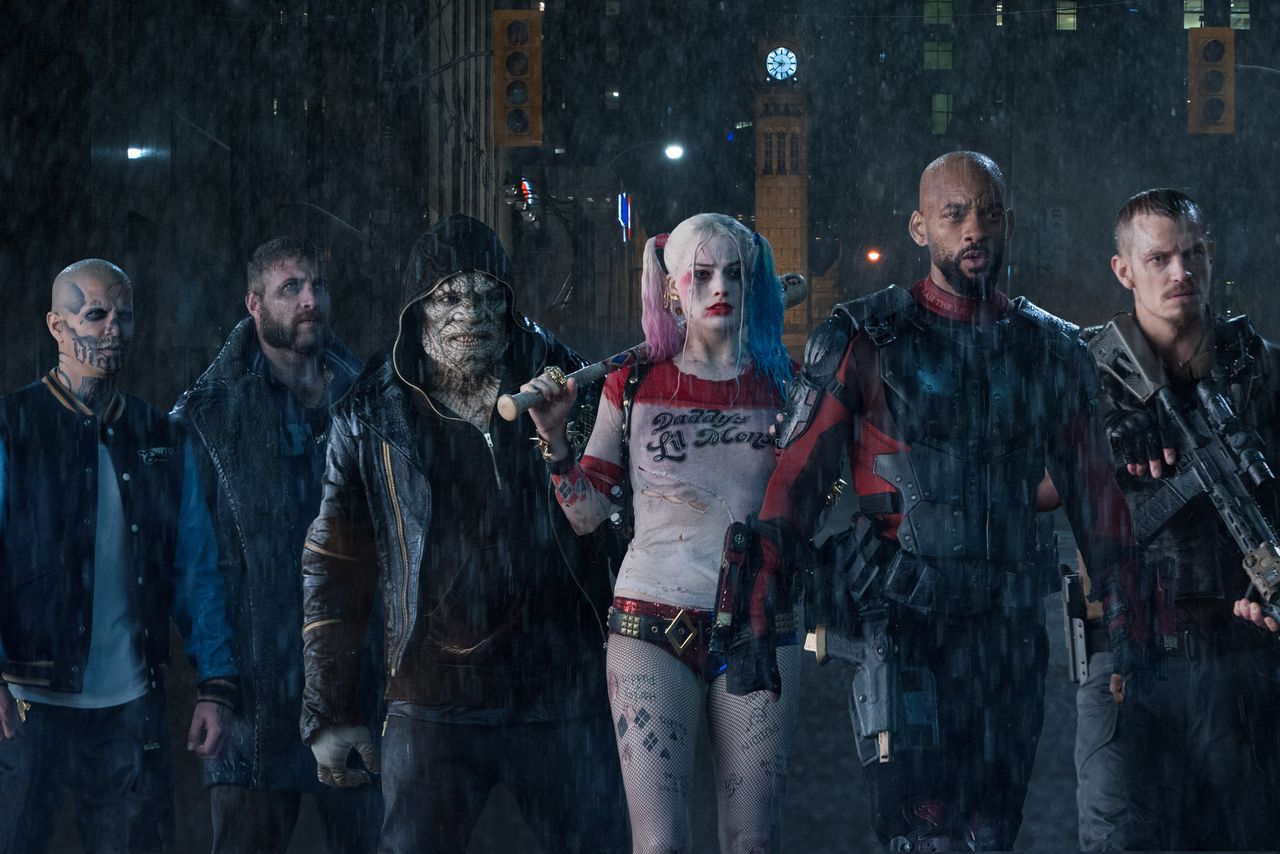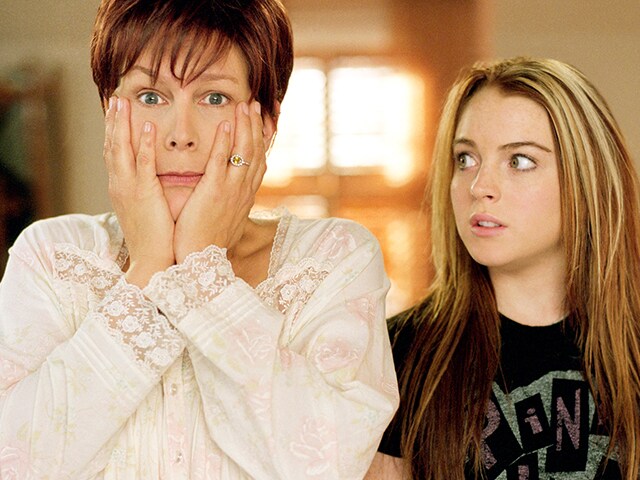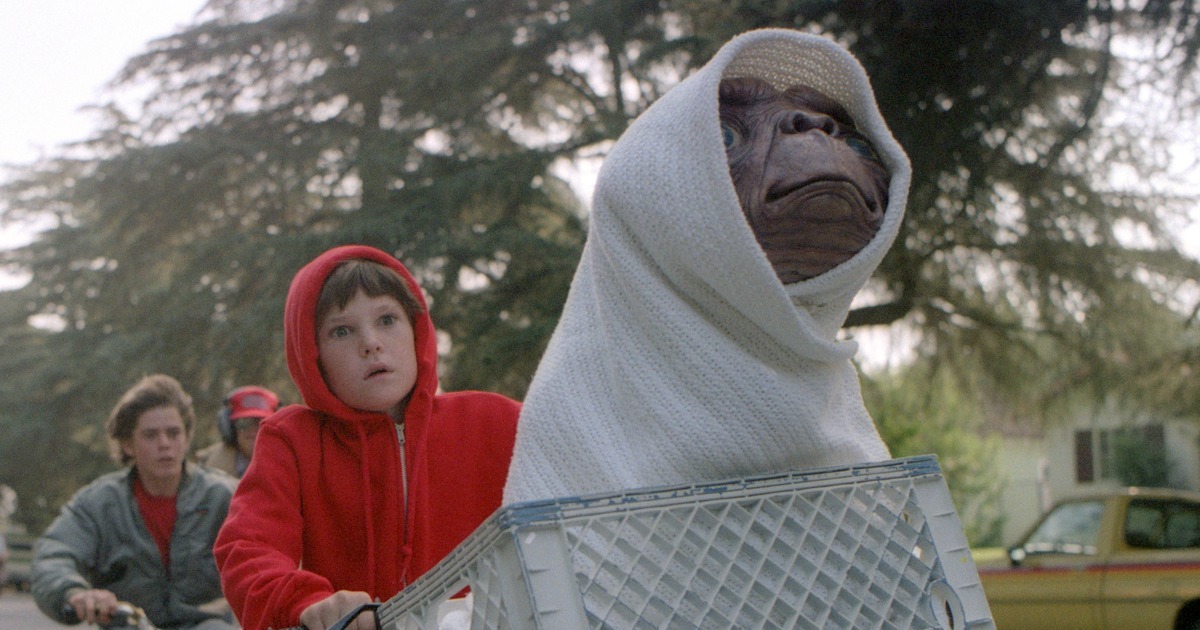Shot 11 (2 seconds): Shot 11 is in Georgie's POV, only focusing in on the boat until the last second. This shot details how hyper focused that Georgie was on the paper boat that he did not notice the big barricade. The POV puts the audience in Georgie's eyes as a young child trying to have fun and catch the paper boat. The ambiance of the rain and thunder is still occurring adding to the tone of the shot.
Shot 12 (1 second): In this shot Georgie is pictured hitting his head at a different angle, the different angle symbolizes him being snapped out of the transfixion on the paper boat. The music suddenly stopping also reinforces this idea. The ambiance of the rain and thunder is still occurring adding to the tone of the shot.
Shot 13 (3 seconds): A lower angle shot of Georgie falling, this shot feels slower compared to the rest of the shots and making everything more suspenseful with the change in pace. The low-key lighting and the sounds of rain and thunder are still prevalent adding to the tone of the shot.
Shot 14 (2 seconds): A long shot of Georgie on the ground, the composition makes the paper boat look bigger compared to everything else in frame and the rack focus of Georgie to the paper boat tell the audience that Georgie still has a hyper focus on the boat even after getting hit on the heads with the barrier. The low-key lighting and the sounds of rain and thunder are still prevalent adding to the tone of the shot.
Shot 15 (3 seconds): Georgie is not hesitant and immediately gets up and chases the paper boat he stumbles a little after getting up and the tracking continues. The stumbling symbolizes that Georgie isn't in the right state of mind or physical health to keep chasing after the boat. The music picks up again showing that his venture is not over. The low-key lighting and the sounds of rain and thunder are still prevalent adding to the tone of the shot.
Shot 16 (2 seconds): This shot is starts with a pan down and is a long shot of Georgie running down the dark road. The long shot emphasizes the gloomy neighborhood place, Georgie running down the street. The low-key lighting and the sounds of rain and thunder are still prevalent adding to the tone of the shot.
Shot 17 (1 second): This shot is a medium shot of Georgie running towards the paper boat which focuses on Georgie and the background of the forest behind him. The forest symbolizes how isolated that Georgie is, and this idea is also reinforced by the lighting has got darker making the shot feel like Georgie was forsaken. The ambiance of the rain and thunder is still occurring adding to the tone of the shot.
Shot 18 (2 seconds): This shot is a tracking shot of the paper boat heading to a sewage system. This shot looks as if it is a POV from Georgie's perspective. The ambiance of the rain and thunder is still occurring adding to the tone of the shot.
Shot 19 (1 second): This shot is a long shot of Georgie running after the paper boat emphasizing the sewer that the paper boat is going t
o fall into nearby and Georgie running though the rain, The music raises adding to the menacing feeling. The ambiance of the rain and thunder is still occurring adding to the tone of the shot.Shot 20 (1 second): This shot shows the paper boat falling into the sewer drain. The shot is a close-up signifying the importance that this paper boat plays into the plot of the movie. The music also intensifies as the paper boat falls into the drain also displaying the importance of the paper boat. The ambiance of the rain and thunder is still occurring adding to the tone of the shot.
Shot 21 (1 second): This shot is a medium close-up shot of Georgie screaming while running towards the boat. The medium close-up shot focuses on the fact that Georgie is screaming. The screaming indicates that the paper boat fell down the drain and how important that the paper boat is to Georgie. The ambiance of the rain and thunder is still occurring adding to the tone of the shot.
Shot 22 (1 second): This shot is over the paper boat falling down the sewer drain. The way the camera is positioned behind the sewer drain gives the shot a dramatic touch and Georgie running after the boat reinforces the suspense of the shot. The ambiance of the rain and thunder is still occurring adding to the tone of the shot.
Shot 23 (1 second); In shot 23 Georgie looks for the paper boat in the sewer. In the perspective we see Georgie he is surrounded in darkness symbolizing the evil living down in the sewer and the unfortunate circumstances that Georgie might experience. The ambiance of the rain and thunder is still occurring adding to the tone of the shot.
Shot 24 (2 seconds): This is a long shot of Georgie looking into the sewer. The long shot emphasizes the location of the sewer and the forest surrounding him, while showing the action of Georgie looking into the sewer. Georgie also exclaims that his older brother bill is going to "kill him" which gives the audience a reason on why he keeps looking for the paper boat. The ambiance of the rain and thunder is still occurring adding to the tone of the shot.
Shot 25 (4 seconds): This shot entails a slow dolly in into the sewer drain while Georgie is peering into the sewer. The slow dolly forces the audience's attention towards the sewer and builds anticipation within the audience. The ambiance of the rain and thunder is still occurring adding to the tone of the shot, but the music halts.
Shot 26 (2 seconds): This shot is a close up of Georgie's face. The close up shot draws the audience to the emotion Georgies intrigued facial expression. The ambiance of the rain and thunder is still occurring adding to the tone of the shot.
Shot 27 (1 second): This shot is a POV of what Georgie is seeing down the sewer. In the sewer there is bright green glowing eyes. This is very sudden for the audience essentially jump scaring them, which is also a convention in horror movies. This shot also successful introduces the main villain during the movie a clown named "It". The ambiance of the rain and thunder is still occurring adding to the tone of the shot.
Shot 28 (2 seconds): During this shot Georgie jumps back and makes this grunting sound. The shot is still a close up to draw the audience to the frighted emotion that Georgie is feeling. The ambiance of the rain and thunder is still occurring adding to the tone of the shot.
Shot 29 (4 seconds): This shot is close up of the clown, the clown slowly reveals himself by coming closer to the light. The light only hits the clowns chin giving him a sinister expression on the clown's face. The clown exclaims "Hiya Georgie" and proceeds to give him his boat trying to lure Georgie closer. This shot is at a slower pace compared to the previous shots to make his shot more tense and adding anticipation. The ambiance of the rain and thunder is still occurring adding to the tone of the shot.
Shot 30 (1 second): This shot is a close up of Georgie. The close-up of Georgies face successfully displays the flabbergasted expression that he has on his face, in reaction to the clown. The ambiance of the rain and thunder is still occurring adding to the tone of the shot.
Shot 31 (3 seconds): This shot is of the clown asking Georgie if he wants the paper boat back. The clown makes a blank start into the distance, when speaking to Georgie which gives an uneasy ambiance. The ambiance of the rain and thunder is still occurring adding to the tone of the shot.
Shot 32 (2 seconds): This shot is a close up of Georgie. The close-up draws the audience to the startled expression that Georgie is feeling responding to the clown. The ambiance of the rain and thunder is still occurring adding to the tone of the shot.
Shot 33 (4 seconds): This shot is over the shoulder shot displaying Georgies back and the clowns face. The clown said, "You look like a nice boy it looks like you have a lot of friends". The also picks up music. This shot is used for conversation and the continuity of the opening scene. The ambiance of the rain and thunder is still occurring adding to the tone of the shot.
Shot 34 (4 seconds): This shot is a close up of Georgie from the POV of the clown. The close-up draws the audience to the startled expression that Georgie is feeling responding to the clown. The ambiance of the rain and thunder is still occurring adding to the tone of the shot.
Shot 35 (4 seconds): This shot is a close up of the clown. The close-up draws the audience to the eerie expression that clown. The ambiance of the rain and thunder is still occurring adding to the tone of the shot.
Shot 36 (3 seconds): This shot is a close up of Georgie from the POV of the clown. The close-up draws the audience to the startled expression that Georgie is feeling responding to the clown. The ambiance of the rain and thunder is still occurring adding to the tone of the shot.



















